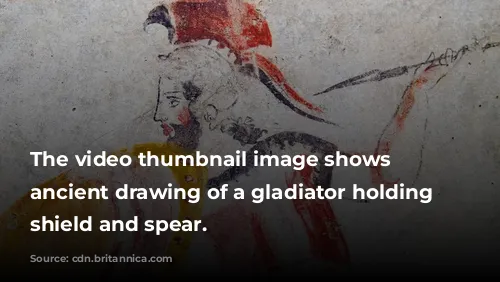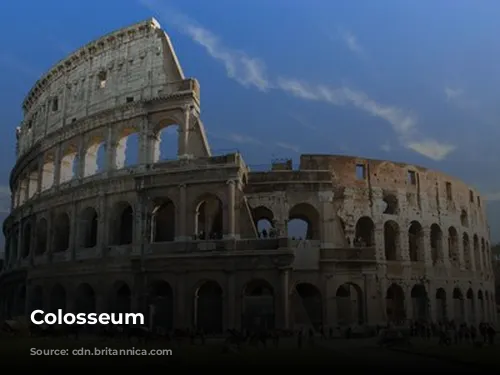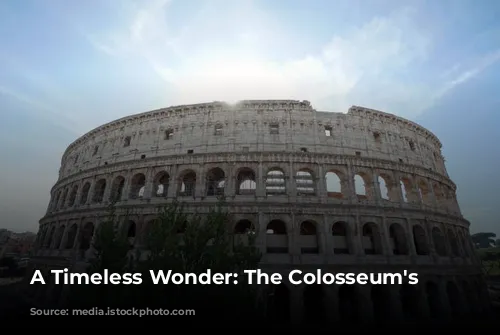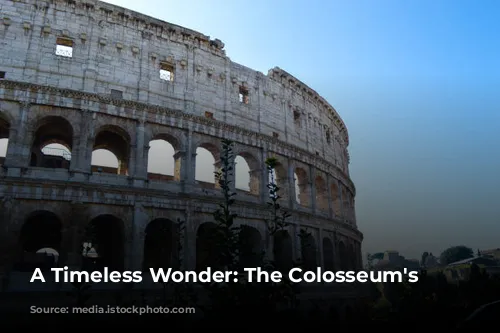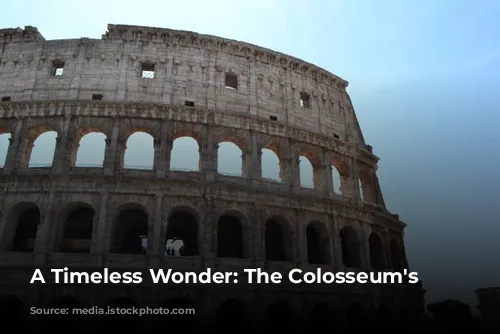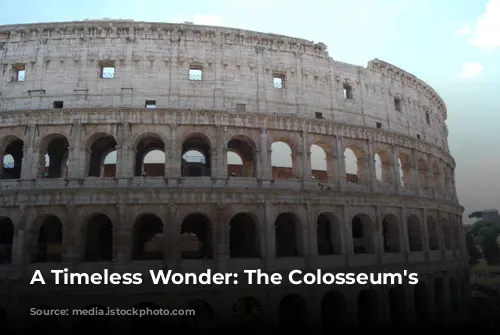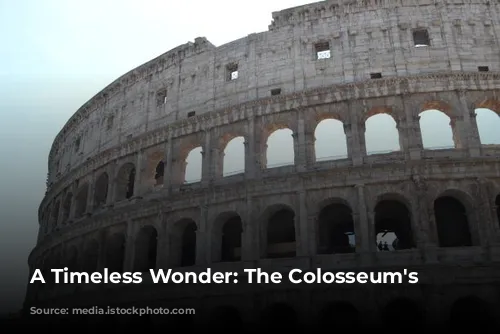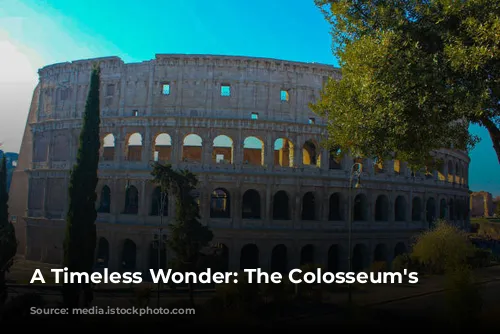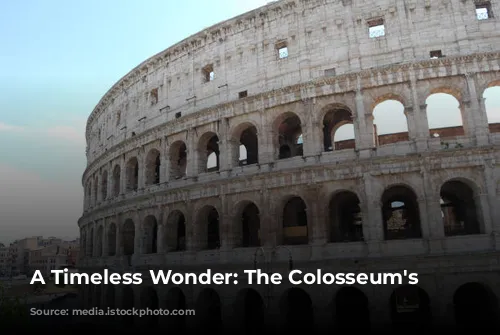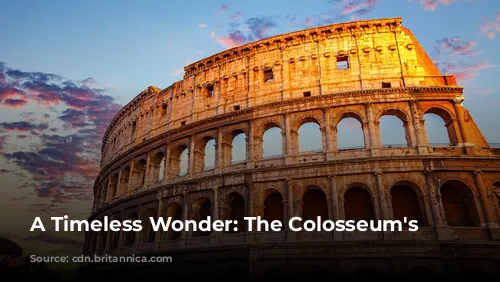The Colosseum, a magnificent monument to ancient Rome’s engineering genius, stands tall as a testament to a bygone era. Standing as one of the few mostly intact structures from the Roman Empire, it offers a glimpse into the past, captivating millions of visitors from around the globe.
Beyond its historical significance, the Colosseum is also a major economic engine for Italy. In 2018, the Colosseum, along with the Roman Forum and Palatine Hill, generated over $63.3 million (€53.8 million), making it the most profitable tourist attraction in Italy. This remarkable structure, with its rich history, continues to play a pivotal role in modern-day Italy.
A Journey Through Time: From Arena to Quarry
The Colosseum’s journey through time is a tale of grandeur, decline, and revival. After the fall of the Western Roman Empire, the Colosseum fell into a state of disrepair, its once-glorious arena becoming a symbol of a fading empire.
In the 12th century, the Frangipane and Annibaldi families, two powerful Roman families, transformed the Colosseum into a fortress, seeking refuge and control within its formidable walls. This dramatic shift in function reflects the changing power dynamics of the era.
The Colosseum’s fate took a further turn in the late 15th century when Pope Alexander VI permitted the use of its magnificent stone for quarrying. This period of neglect, lasting over a thousand years, left the once-proud structure scarred and fragmented.
Thankfully, a glimmer of hope appeared in the 1990s when state-funded restoration efforts breathed new life into the Colosseum. This ambitious project, driven by a desire to preserve this irreplaceable piece of history, marked a turning point in the Colosseum’s journey.
From Bloodsport to Entertainment: The Colosseum’s Purpose
The Colosseum was not built for idle leisure; it was a bold declaration of imperial power and a stage for spectacles that would entertain and awe the Roman populace. The Colosseum, like other amphitheaters, was designed to be a hub for entertainment.
The emperor Vespasian, seeking to revitalize Rome after the turmoil of 69 CE, envisioned the Colosseum as a symbol of his reign and a testament to Rome’s enduring strength. The Colosseum was a symbol of Roman power, a spectacle for the masses, and a monument to the ingenuity of its builders.
The Colosseum’s inaugural events included gladiatorial combats, animal hunts, and even mock naval battles – a testament to the grandeur of Roman entertainment. These spectacles, a blend of bloodshed and spectacle, drew tens of thousands of spectators, offering them a glimpse into the brutal yet captivating world of ancient Rome.

A Monument to Roman Engineering: The Colosseum’s Construction
The Colosseum, a marvel of engineering, was built over several years, a testament to the skill and ambition of its Roman architects and builders. Construction began under the reign of Vespasian between 70 and 72 CE, and the completed structure was dedicated by his son, Titus, in 80 CE. The fourth story, a testament to the ambitious spirit of the Roman emperors, was added by Domitian in 82 CE.
The Colosseum’s construction was a costly endeavor, funded by the spoils of war – the plunder from Titus’s conquest of Jerusalem in 70 CE. Furthermore, enslaved Jews from Judaea were forced to toil on this grand project, a stark reminder of the dark side of the Roman Empire.
The Colosseum’s grandeur is truly awe-inspiring. Standing at four stories tall, this elliptical structure, measuring 620 by 513 feet, had a capacity of up to 50,000 spectators. The Colosseum’s design, a testament to Roman architectural ingenuity, incorporated advanced techniques like barrel vaults and groin vaults, ensuring its structural integrity and stability.
The exterior of the Colosseum, a magnificent display of Roman architectural prowess, showcased the three classical orders: Doric, Ionic, and Corinthian. This elaborate design, an inspiration for Renaissance architects, epitomized the Roman mastery of architectural expression.
The Colosseum’s design also included a massive retractable awning, known as a velarium, which protected spectators from the harsh Roman sun. This impressive feat of engineering required hundreds of Roman sailors to manipulate the complex rigging, a testament to the logistical prowess of the Roman Empire.
A Symbol of Resilience: The Colosseum’s Legacy
The Colosseum, a witness to countless battles and spectacles, has endured the ravages of time and nature, standing as a symbol of resilience and the enduring spirit of Rome. The Colosseum has served as a church, a fortress, and even a quarry, reflecting the ever-changing landscape of history.
Despite its turbulent past, the Colosseum, thanks to dedicated preservation efforts, continues to captivate the world. The Colosseum, now a major tourist destination, draws millions of visitors annually, each seeking a glimpse into the grandeur of the Roman Empire. Changing exhibitions, showcasing the rich tapestry of ancient Roman culture, enrich the visitor experience, further solidifying the Colosseum’s role as a bridge between the past and the present.
The Colosseum, a testament to the ingenuity and power of ancient Rome, continues to inspire and amaze, reminding us of the enduring power of history and the timeless allure of the past.
